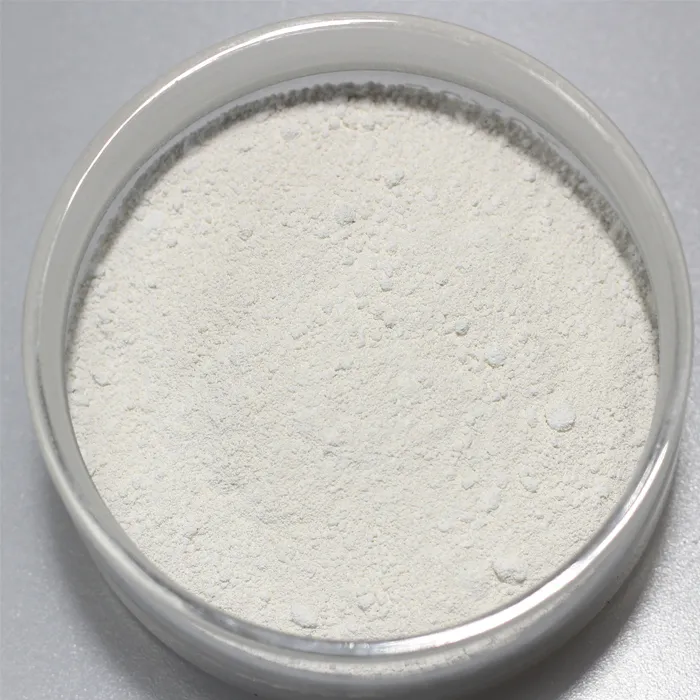Chemical Treatment of Water An Essential Process for Safe Drinking Water
Water is a vital resource, essential for life, industry, and agriculture. However, ensuring the safety and quality of water is a critical challenge faced by many communities around the world. As natural water sources become increasingly polluted due to industrial discharge, agricultural runoff, and urban development, chemical treatment has emerged as a crucial process in water purification. This article explores the methods of chemical treatment, its benefits, and the importance of safe drinking water.
Understanding Chemical Treatment
Chemical treatment involves the addition of chemicals to water to remove contaminants and improve its quality. This process can effectively eliminate harmful substances, including heavy metals, pathogens, and organic pollutants. The treatment methods vary based on the source of water and the specific contaminants present.
Common chemical treatment processes include coagulation, flocculation, sedimentation, filtration, and disinfection. Coagulation is the first step, where chemicals such as aluminum sulfate are added to water to destabilize and aggregate suspended particles. This is followed by flocculation, a gentle mixing process that allows the formed aggregates, or flocs, to clump together.
After flocculation, sedimentation occurs, where the flocs settle to the bottom of the treatment tank, leaving clearer water on top. Next, filtration through sand or activated carbon removes any remaining impurities. Finally, disinfection is performed using chemicals like chlorine, ozone, or ultraviolet light to kill any remaining pathogens, ensuring the water is safe for human consumption.
Benefits of Chemical Treatment
Chemical treatment of water offers numerous benefits that contribute to public health and environmental protection. Firstly, it ensures the removal of harmful contaminants and pathogens, significantly reducing the risk of waterborne diseases such as cholera, typhoid, and dysentery. By providing safe drinking water, chemical treatment plays a vital role in improving community health and preventing outbreaks.
chemical treatment of water

Secondly, chemical treatment enhances water aesthetic qualities, making it more appealing for consumption. Techniques such as filtration and the use of activated carbon effectively remove unpleasant tastes and odors, leading to higher acceptance of treated water by the public.
Moreover, chemical treatment is often cost-effective, particularly for large-scale water purification systems. While there are initial setup costs for treatment plants, the overall expense is generally lower compared to alternative methods like reverse osmosis. This affordability makes it a viable option for many municipalities striving to provide safe drinking water to their residents.
Environmental Considerations
While chemical treatment is effective, it is crucial to consider the environmental impact of the chemicals used. Some may lead to unintended consequences, such as the formation of harmful by-products. For instance, chlorine disinfection can result in the creation of trihalomethanes (THMs), which are known carcinogens. Consequently, water treatment facilities must carefully monitor chemical usage and implement strategies that minimize such risks.
In recent years, there has been a growing trend towards using environmentally friendly alternatives. Emerging technologies, such as advanced oxidation processes and natural treatment systems, are gaining popularity. These methods aim to reduce chemical reliance while maintaining the safety and quality of treated water.
Conclusion
The chemical treatment of water is an indispensable practice in safeguarding public health and ensuring access to clean drinking water. Through various treatment methods, communities can effectively remove harmful contaminants, improve water quality, and prevent waterborne diseases. However, it is essential to remain vigilant about the environmental impact of chemical treatments and to explore sustainable alternatives. As we face increasing water scarcity and pollution, the importance of chemical treatment in maintaining safe drinking water will only continue to grow, highlighting the need for continued research and innovation in this field.

